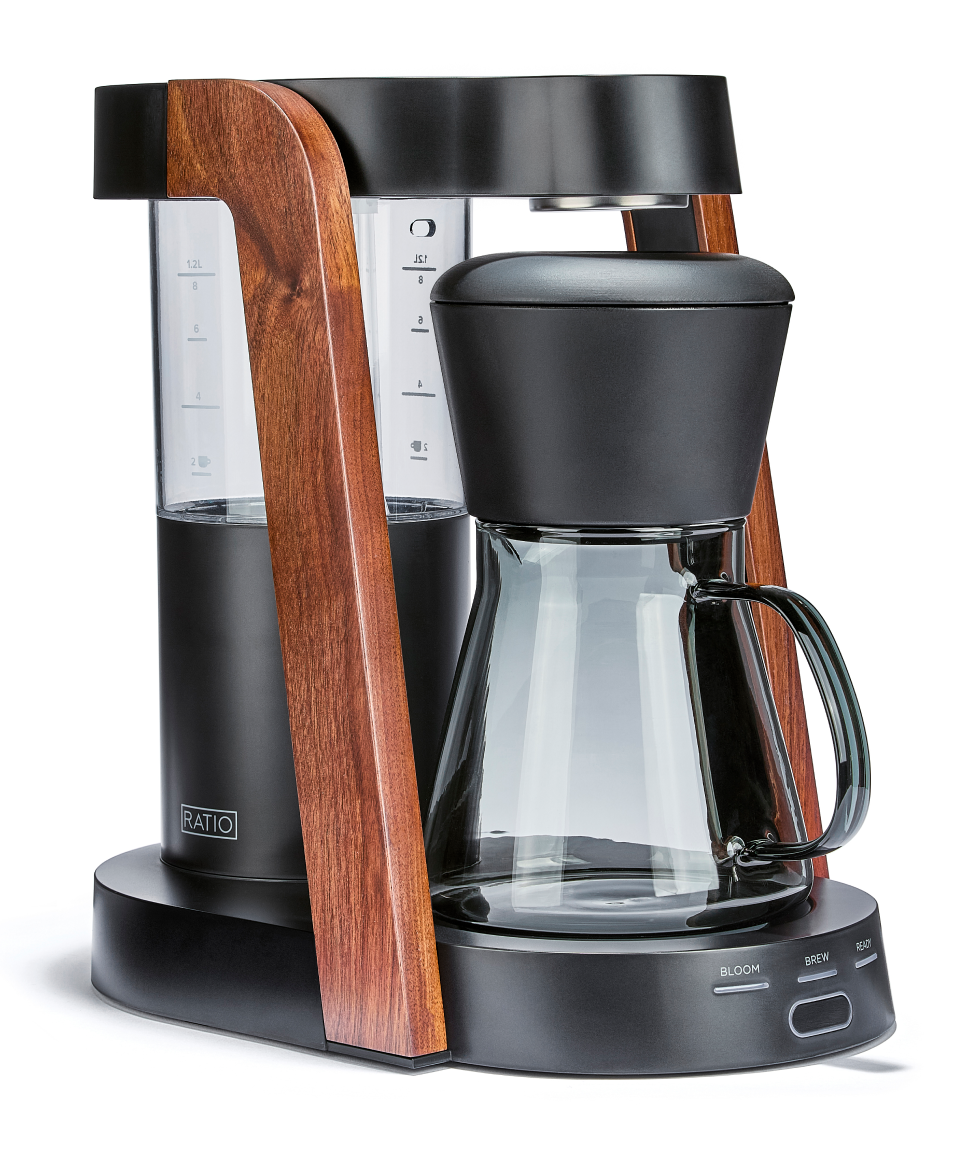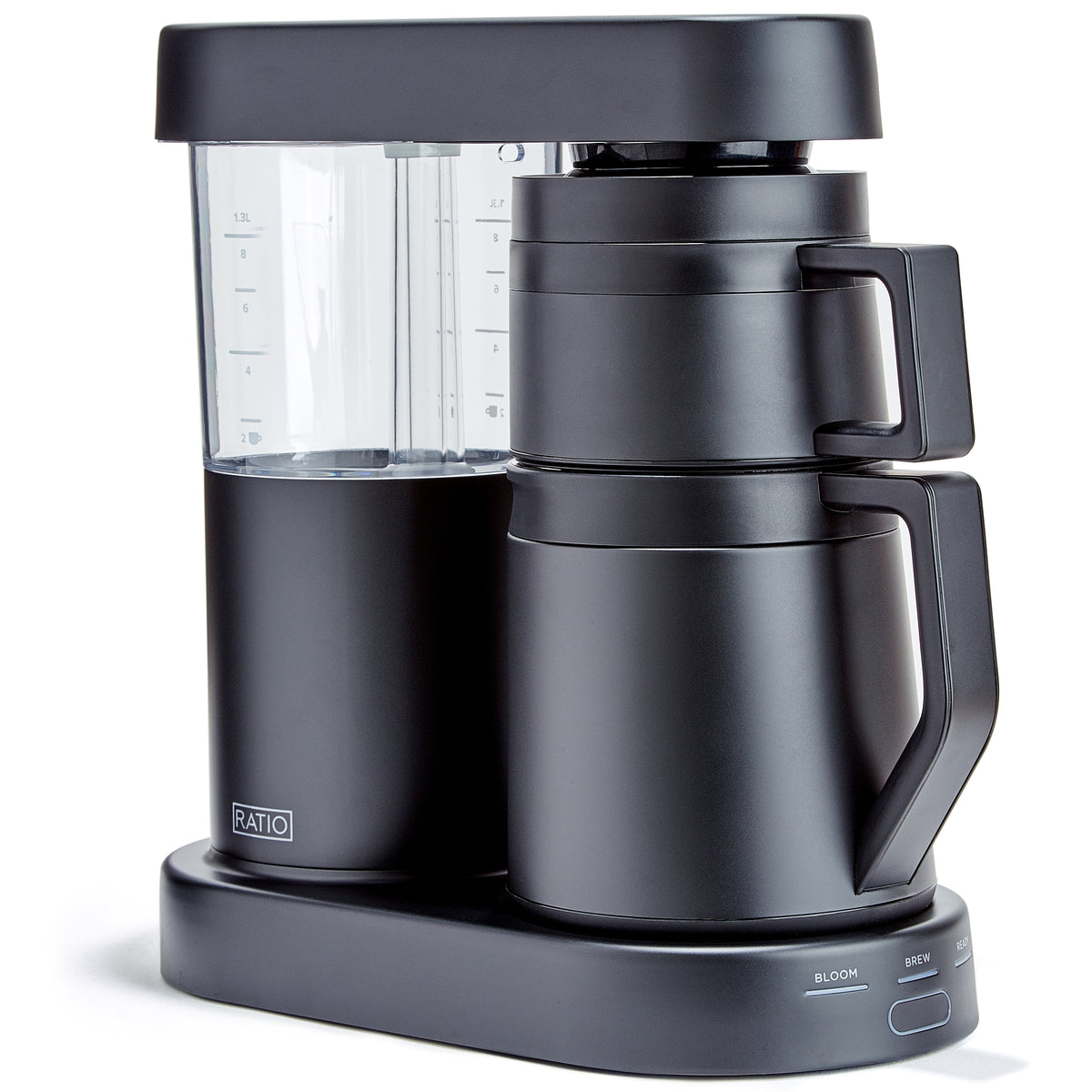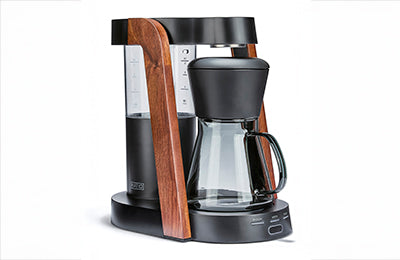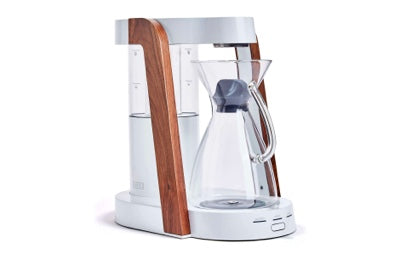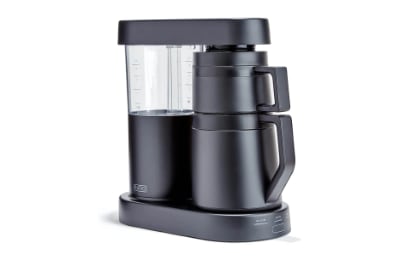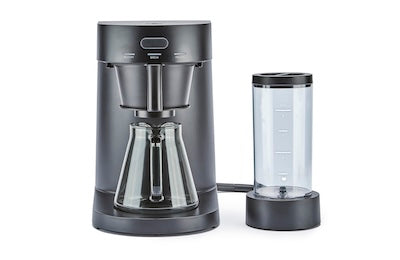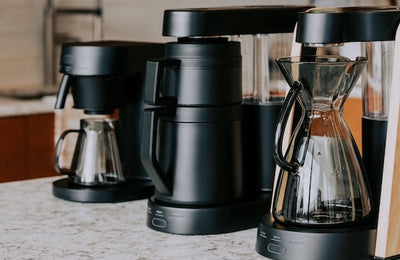That Clean-Looking Brewer? It’s Probably Not Clean Enough
You rinse your carafe. Wipe down the basket. Maybe even run water through the system once in a while. Your brewer looks clean — so it must be, right?
Not exactly.
The truth is, even the most pristine-looking coffee maker can hide buildup, oils, and residue that slowly sabotage your brew. Over time, these invisible culprits dull flavors, alter extraction, and even shorten the life of your machine.
So if your coffee suddenly tastes off — sour, bitter, or just flat — the problem might not be your beans or grinder. It could be your “clean” brewer.
Let’s dive into where grime hides, how it affects your coffee, and how to truly keep your machine clean.
Looks Can Be Deceiving: Where Residue Builds Up
Most people clean the visible parts of their coffee setup. But the real problems often lurk in:
-
Spray heads and water delivery spouts: Oil and mineral deposits collect here
-
Internal tubes and heating elements: These carry water but rarely get scrubbed
-
Filter baskets and mesh filters: Microscopic particles build up over time
-
Carafes and brew chambers: Especially when rinsed, not washed
These spots may not look dirty, but even trace residues can alter your cup. Coffee is incredibly sensitive to contamination — a little old oil or calcium can throw off the taste in big ways.
What Happens to Flavor When You Skip Deep Cleaning
When coffee oils and minerals accumulate, your brew suffers. Here’s how:
-
Bitterness increases: Old oils oxidize and impart sharp, harsh notes
-
Acidity flattens: Scale can lower brewing temperature, muting brightness
-
Inconsistency grows: One day it’s great, the next day it’s muddy — all due to unseen buildup
Worse, these changes creep in gradually. You don’t notice them until your “normal” coffee just doesn’t taste the same anymore.

Descaling: The Step Everyone Skips
Minerals from water — especially hard water — build up in internal heating elements and tubes. This reduces water flow and drops brew temperature, which throws off extraction.
Descaling removes these deposits and restores performance. It’s not optional — it’s essential.
Signs You Need to Descale:
-
Brew time is slower than usual
-
Coffee is cooler than expected
-
Taste is suddenly flat or dull
-
Visible white or chalky buildup in reservoir
Use a descaling solution or a 1:1 vinegar-water mixture. Run it through your machine, then rinse thoroughly. Aim to descale monthly, or every 40–60 brews.
Don’t Forget the Filter Basket and Carafe
These parts may seem “clean enough” after a rinse — but oils cling to them, especially plastic or metal surfaces.
Weekly Deep Clean Tips:
-
Soak filter parts in hot water and a mild detergent
-
Use a soft brush to scrub corners and mesh
-
Avoid dish soap with heavy fragrance, which can linger
-
Air dry completely to prevent mold or odor
Even if you use paper filters, the basket still collects coffee oils. Don’t let them build up.
Auto Brewers vs. Manual Gear: Cleaning Expectations
Every setup needs cleaning — but in different ways.
-
Manual brewers (like Chemex or AeroPress): Focus on cleaning vessels and filters after each use
-
Auto drip machines: Need regular descaling, filter basket scrubbing, and occasional spray-head rinsing
-
Espresso machines: Require backflushing and detergent cycles
If your brewer has electronic parts, check the manufacturer’s guidance. But never assume “auto-clean” means actually clean.
Why a Cleaner Brewer Honors the Coffee
Brewing coffee is an act of care. You invest in good beans, dial in your grind, and time your pour — why let a dirty machine undo it?
Clean gear gives your coffee a neutral stage. Nothing gets in the way of clarity, sweetness, or nuance. Every note comes through the way it was meant to.
Even premium machines, like those from Ratio Coffee, perform best when maintained regularly. Their design ensures consistency — but consistent flavor still requires a clean path from water to cup.
Don’t wait until your coffee tastes bad. Clean proactively, and your brewer will reward you every time.
You Deserve a Clean Cup Every Day
Your coffee ritual is worth protecting. It only takes a few extra minutes each week to prevent buildup and preserve flavor.
So yes — that brewer might look clean. But if you haven’t descaled, scrubbed, or soaked anything lately, chances are it’s holding back your best cup.
Give your gear the same attention you give your grind. The results will speak for themselves — one clean, delicious cup at a time.
Frequently Asked Questions
How often should I descale my coffee maker?
Every month, or every 40–60 brews — especially if you use hard water. Descaling removes mineral buildup from internal components.
What’s the best way to clean a filter basket?
Soak it weekly in hot water and dish soap, then scrub with a soft brush. Rinse thoroughly and air dry.
Can dirty coffee equipment make you sick?
While rare, bacteria or mold can grow in poorly maintained gear — especially in water tanks or wet environments.
Do coffee oils really affect flavor that much?
Yes. Oxidized oils add bitterness and dull overall taste. Even trace amounts can shift your brew’s flavor profile.
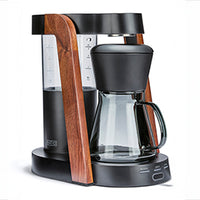 Ratio Eight S2
Ratio Eight S2
 Ratio Eight Original
Ratio Eight Original
 Ratio Six
Ratio Six
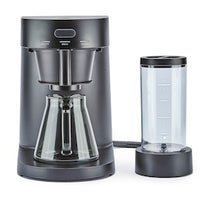 Ratio Four
Ratio Four
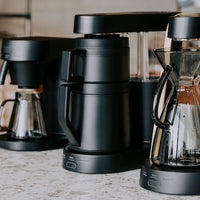 Compare Machines
Compare Machines
